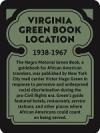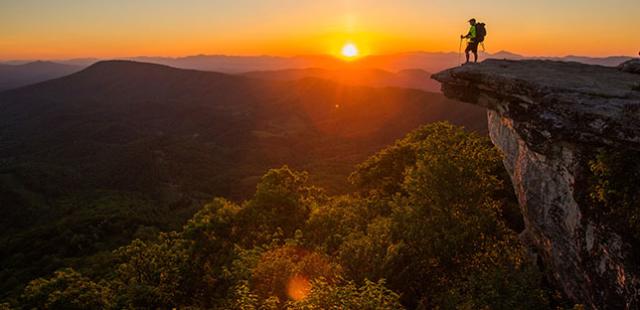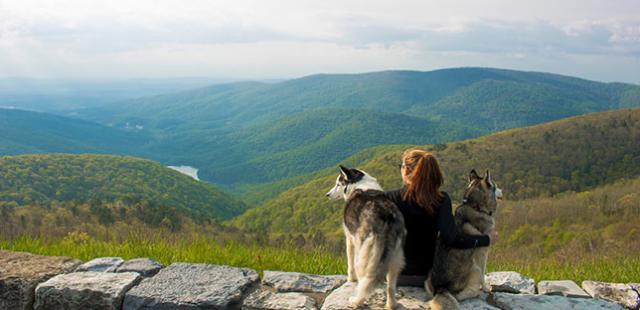The Yancey House (320 Holbrook St.) was a lodging place for African Americans during the segregation era. From the 1930s to the 1960s, it was listed in the Green Book, a guide to facilities that served black travelers. The house later became headquarters of the local chapter of…
Green Book in Virginia
In the mid-twentieth century, African American travelers required the same types of services as their white counterparts. The Negro Motorist Green Book’s listings were varied enough to enable young people coming to a strange city to arrive at the local YMCAs and YWCAs after finding a friendly taxi cab driver at the train station while also helping families find their way to a tourist home or musicians to a suitable hotel.
For African Americans traveling between the relative freedom of a hometown to less familiar places, the listings for gas stations, motels, and pharmacies ensured safe passage in distant towns. For guests traveling to large cities for social events, the publication helped travelers find dance halls and restaurants in a timely manner. As time passed, The Green Book grew to include a very wide range of establishment types that answered every possible traveling need.
On March 23, 2023 Virginia Governor Glenn Youngkin signed Delegate Mike Mullin's Green Book legislation into law. Historical markers will now commemorate places in Virginia that were listed in The Green Book.”
Virginia Green Book Sites
Opened in 1904 and demolished in 2009, the hotel that stood here hosted regional and national black luminaries, celebrities, tourists, and leaders including Booker T. Washington. Built by William “Buck” Miller, Miller’s Hotel was one of a handful in Richmond to offer black…
In the 1890s, administrators from Hampton Institute purchased beachfront land in Buckroe and constructed the Bay Shore Hotel. Begun as a small four-room cottage, by 1925 the hotel had expanded to seventy rooms with an associated amusement park, pavilion, and pier…










